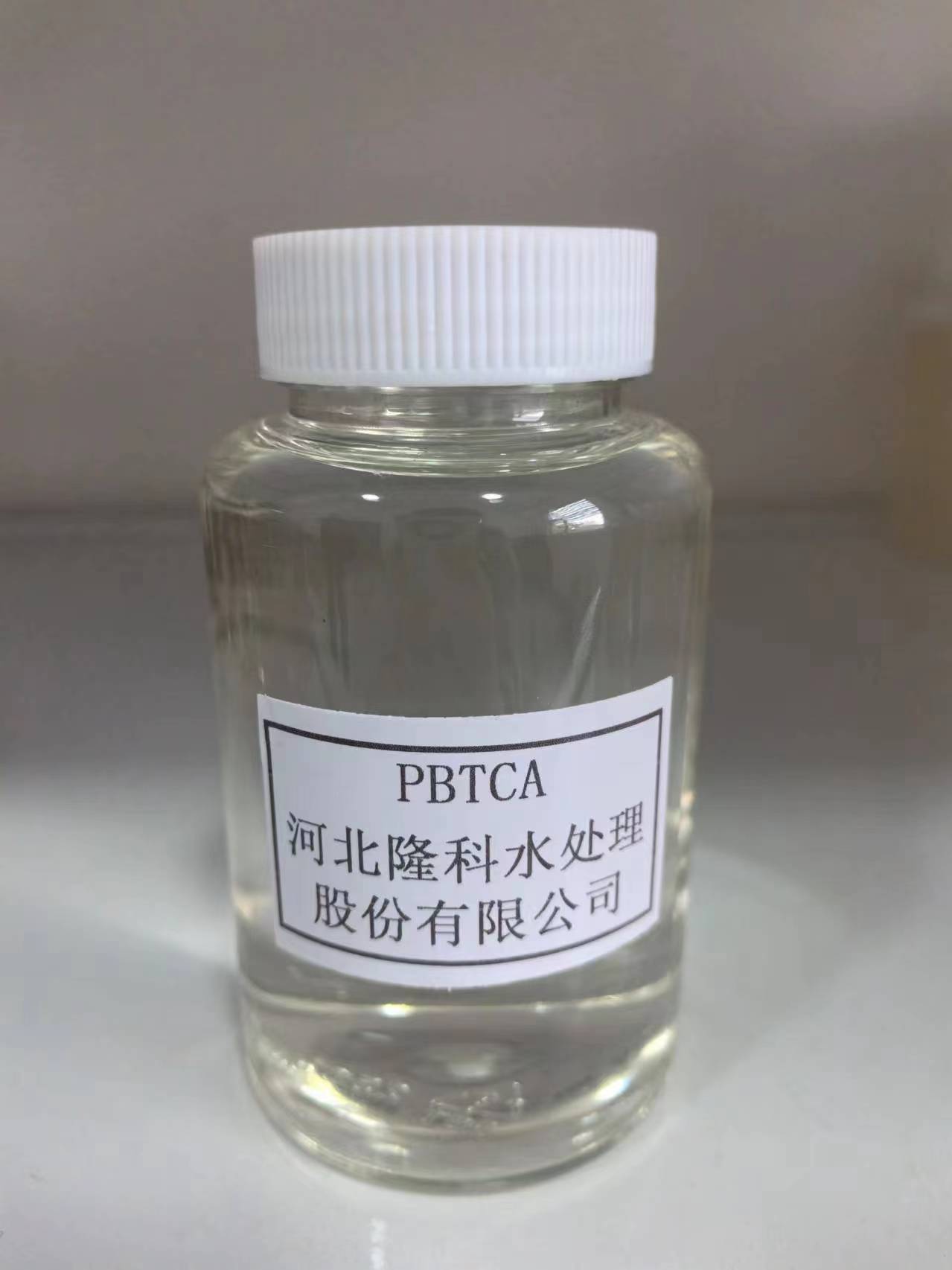pbtca
Understanding PBTCA A Comprehensive Overview
PBTCA, or phosphonobutane-tricarboxylic acid, is a versatile and efficient chemical compound that finds applications across various industries. Known for its chelating and dispersing properties, PBTCA is particularly valuable in water treatment processes, agricultural formulations, and even in the personal care sector.
.
In agriculture, PBTCA is used in fertilizers and pesticide formulations. Its ability to chelate metal ions helps in improving the bioavailability of nutrients to plants. By ensuring that essential micronutrients like iron, manganese, and zinc are readily available in the soil, PBTCA enhances plant growth and crop yield. This makes it a key component in modern agricultural practices where efficiency and sustainability are paramount.
pbtca

Moreover, PBTCA has found its place in the personal care industry, particularly in formulations aimed at preventing corrosion and discoloration of products. Its stabilizing properties ensure that formulations remain effective over time, thereby enhancing the shelf life of cosmetics and personal care items. This stability is crucial in a market that demands high-quality and long-lasting products.
As environmental concerns grow, PBTCA’s biodegradable nature sets it apart from other synthetic alternatives. Its capacity to degrade without leaving harmful residues aligns with the increasing demand for sustainable solutions across industries. Companies are looking for ways to reduce their environmental impact, and PBTCA provides a way to do that without sacrificing performance.
In conclusion, PBTCA is a multifaceted chemical that plays a crucial role in various applications. From water treatment to agriculture and personal care, its unique properties not only enhance performance but also contribute to sustainability efforts. As industries continue to seek innovative solutions, PBTCA stands out as an essential compound for the future, promising efficiency while addressing environmental challenges.
-
Understanding Polycarboxylic Acids: Properties, Applications, and Future PotentialNewsJul.28,2025
-
Scale Inhibitor Explained: How to Protect Your System from Limescale and Hard Water DamageNewsJul.28,2025
-
Scale and Corrosion Inhibitors: Essential Chemicals for Industrial Water System ProtectionNewsJul.28,2025
-
Polyaspartic Acid: A Biodegradable Polymer for Sustainable ChemistryNewsJul.28,2025
-
Isothiazolinones: A Versatile Antimicrobial Class with Industrial Power and Regulatory ChallengesNewsJul.28,2025
-
A Deep Dive into 2-Phosphonobutane-1,2,4-Tricarboxylic Acid (PBTC)NewsJul.28,2025





